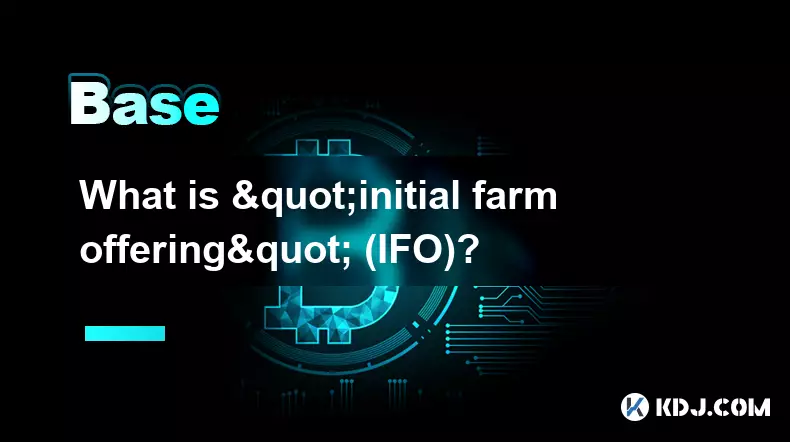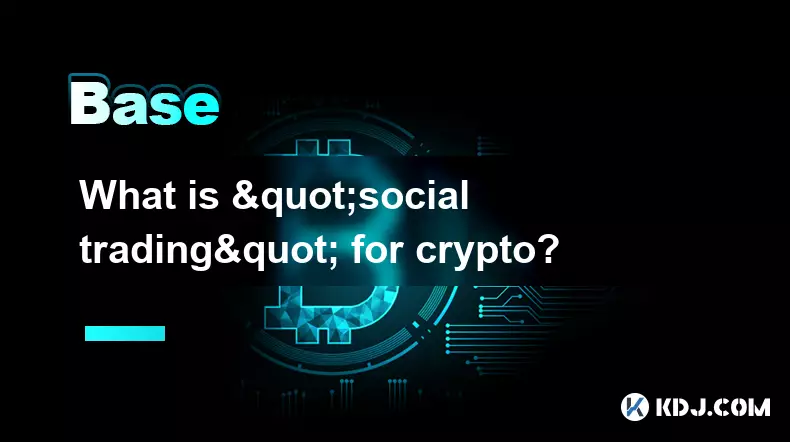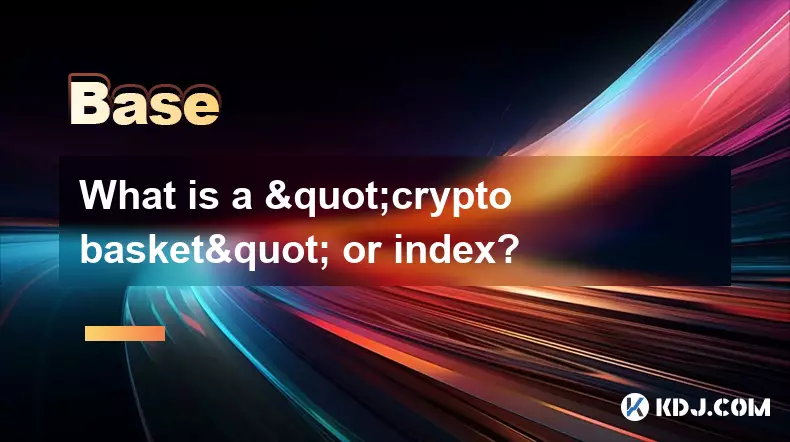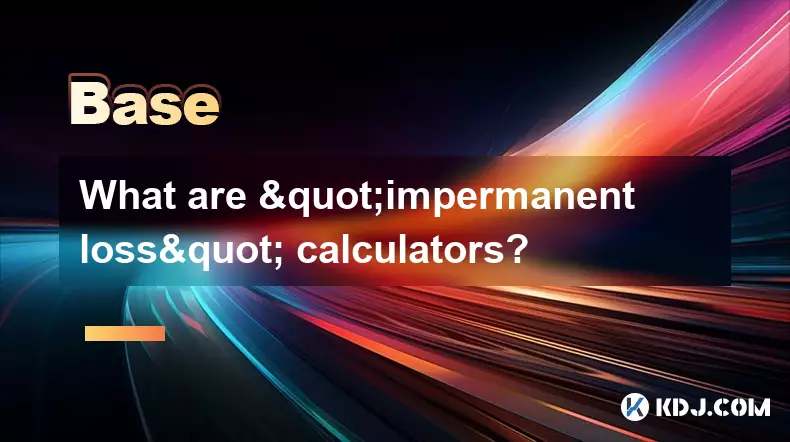-
 Bitcoin
Bitcoin $110900
-0.54% -
 Ethereum
Ethereum $4413
1.14% -
 XRP
XRP $2.845
-0.57% -
 Tether USDt
Tether USDt $1.000
0.02% -
 BNB
BNB $848.9
-0.58% -
 Solana
Solana $208.2
-1.15% -
 USDC
USDC $0.9997
-0.01% -
 Dogecoin
Dogecoin $0.2164
-0.02% -
 TRON
TRON $0.3389
-0.15% -
 Cardano
Cardano $0.8196
-1.75% -
 Chainlink
Chainlink $23.34
-0.82% -
 Hyperliquid
Hyperliquid $45.99
0.78% -
 Ethena USDe
Ethena USDe $1.001
0.02% -
 Sui
Sui $3.321
-1.32% -
 Bitcoin Cash
Bitcoin Cash $589.7
-2.31% -
 Stellar
Stellar $0.3616
-0.99% -
 Avalanche
Avalanche $24.68
-1.69% -
 Cronos
Cronos $0.2716
3.23% -
 Hedera
Hedera $0.2154
-2.65% -
 UNUS SED LEO
UNUS SED LEO $9.516
0.30% -
 Litecoin
Litecoin $111.3
-0.66% -
 Toncoin
Toncoin $3.135
-0.64% -
 Shiba Inu
Shiba Inu $0.00001224
-1.49% -
 Polkadot
Polkadot $3.795
-1.01% -
 Uniswap
Uniswap $9.438
-1.44% -
 Dai
Dai $0.9999
0.00% -
 Monero
Monero $270.0
-0.92% -
 Aave
Aave $323.4
0.70% -
 Ethena
Ethena $0.7003
-3.05% -
 Bitget Token
Bitget Token $4.974
-2.84%
What is "initial farm offering" (IFO)?
An Initial Farm Offering (IFO) lets users swap LP tokens for new project tokens, offering early access, fair distribution, and DeFi integration with risks like price volatility and impermanent loss.
Sep 04, 2025 at 09:00 am

Understanding Initial Farm Offering (IFO)
1. An Initial Farm Offering (IFO) is a decentralized fundraising mechanism used primarily within the cryptocurrency and blockchain space. It allows new projects to raise capital by offering their native tokens directly to liquidity providers. Unlike traditional fundraising methods such as Initial Coin Offerings (ICOs), IFOs are typically hosted on decentralized exchanges (DEXs) that support automated market makers (AMMs).
2. Participants in an IFO contribute liquidity tokens—usually LP tokens from pools like BNB/USDT or ETH/DAI—to a dedicated farm. In return, they receive a proportional allocation of the new project’s tokens based on their share of the total liquidity deposited. This process rewards users who actively participate in ecosystem liquidity rather than just passive investors.
3. IFOs gained popularity through platforms like PancakeSwap, which introduced the model as a fairer and more community-driven alternative to centralized token sales. By requiring users to stake LP tokens, IFOs ensure that only those contributing to the platform’s liquidity can participate, reducing the risk of bot-dominated launches and speculative dumping.
4. The structure of an IFO often includes a fixed pool of new tokens available for distribution. Once the offering period ends, the smart contract automatically distributes the new tokens to participants and returns their staked LP tokens. This entire process is trustless and transparent, governed entirely by code deployed on the blockchain.
5. Because IFOs are integrated into existing DeFi ecosystems, they promote synergy between new projects and established platforms. Projects benefit from immediate exposure to active DeFi users, while platforms enhance user engagement by offering exclusive access to promising new tokens.
Benefits of Participating in an IFO
1. Early access to emerging blockchain projects is one of the most attractive aspects of IFOs. Investors can acquire tokens at the ground level, often at a lower price than what they might fetch on secondary markets shortly after launch.
2. Reduced entry barriers compared to private sales make IFOs inclusive. Unlike venture-backed token allocations that favor institutional players, IFOs allow retail investors to participate on equal footing, provided they hold the required LP tokens.
p>3. By requiring LP tokens, IFOs incentivize long-term engagement with the host platform. Users are encouraged to provide liquidity consistently to remain eligible for future offerings, strengthening the overall health of the DeFi ecosystem.
4. The transparency of blockchain-based IFOs ensures that allocation rules are publicly verifiable. Smart contracts execute distribution automatically, eliminating manipulation risks associated with centralized allocation systems.
5. Successful IFOs often lead to immediate listing on the host DEX, enabling fast liquidity and price discovery. This reduces the waiting period typically seen in ICOs and allows participants to trade or hold based on real-time market dynamics.
Risks and Considerations in IFO Participation
1. Not all projects launching via IFO have strong fundamentals. The low barrier to entry means that poorly designed or even malicious projects can also utilize this model, exposing participants to potential losses.
2. Impermanent loss remains a concern when supplying liquidity to earn LP tokens. Market volatility can erode the value of the underlying assets in a liquidity pool, meaning users might receive less valuable assets when their LP tokens are returned after the IFO.
3. High demand for popular IFOs can lead to congestion and gas spikes, especially on networks like Ethereum. Users may face transaction failures or pay excessive fees to secure participation.
4. There is no guarantee that a token offered through an IFO will maintain or increase its value post-launch. Many tokens experience sharp price drops immediately after listing due to profit-taking by early participants.
5. Smart contract vulnerabilities pose a risk. If the IFO contract or the project’s token contract contains bugs or backdoors, funds could be lost or stolen. Audits by reputable firms help mitigate this but do not eliminate the risk entirely.
How IFOs Differ from Other Token Launch Models
1. Compared to ICOs, IFOs require active participation in liquidity provision rather than simple token purchases. This aligns incentives between the project, the platform, and the users.
2. Unlike IEOs (Initial Exchange Offerings), which are managed by centralized exchanges, IFOs operate on decentralized platforms. This removes gatekeeping and allows for greater decentralization, though it also shifts responsibility for due diligence to the user.
p>3. IDOs (Initial DEX Offerings) share similarities with IFOs but typically involve direct token sales without requiring LP staking. IFOs specifically tie eligibility to farming activity, making them a subset of IDO mechanisms with added engagement requirements.
4. IFOs integrate tightly with yield farming ecosystems. Participants are already engaged in earning yields, and the IFO becomes an additional reward layer for their ongoing contributions.
5. The distribution model in IFOs tends to be more equitable. Because allocations are based on staked LP amounts rather than purchase size, smaller participants have a better chance of securing tokens compared to oversubscribed public sales.
Frequently Asked Questions
What do I need to participate in an IFO?You typically need LP tokens from a supported liquidity pool on the hosting DEX. For example, on PancakeSwap, you would need CAKE-LP tokens from a BNB/USDT or similar pool. You must also have sufficient network fees (e.g., BNB for BSC, ETH for Ethereum) to cover transaction costs.
Can I lose money participating in an IFO?Yes. Risks include token price depreciation after launch, impermanent loss from liquidity provision, and exposure to smart contract flaws. Even if you receive tokens, their market value may drop below your initial investment.
Are IFOs available on all blockchains?No. IFOs are most common on blockchains with robust DeFi ecosystems like Binance Smart Chain (BSC) and Ethereum. The availability depends on whether a DEX on that network supports the IFO mechanism.
How are IFO token allocations calculated?Allocations are usually proportional to the amount of LP tokens staked during the offering window. If you contribute 1% of the total LP tokens staked in the farm, you receive 1% of the available new tokens being distributed.
Disclaimer:info@kdj.com
The information provided is not trading advice. kdj.com does not assume any responsibility for any investments made based on the information provided in this article. Cryptocurrencies are highly volatile and it is highly recommended that you invest with caution after thorough research!
If you believe that the content used on this website infringes your copyright, please contact us immediately (info@kdj.com) and we will delete it promptly.
- Bio Protocol, DeSci Launchpad, and BIO Token: Revolutionizing Science?
- 2025-09-04 18:25:11
- MANTRA (OM): Price Consolidates Amid Bearish Signals – Time to Worry?
- 2025-09-04 18:25:11
- Dragon Ball Mania Meets Mint Condition: Celebrating Anniversaries with Coin Sets!
- 2025-09-04 19:10:12
- MEXC's Blazing Arena: $120,000 Futures Tournament Showdown!
- 2025-09-04 19:25:13
- Ripple (XRP) Price: Navigating the September Setup
- 2025-09-04 19:25:13
- Institution, SUI Stake, Blockchain Breakout: What's Next for SUI?
- 2025-09-04 19:30:11
Related knowledge

What is "backtesting" a crypto trading strategy?
Sep 03,2025 at 10:55am
Understanding Backtesting in Crypto TradingBacktesting is the process of evaluating a trading strategy by applying it to historical market data. Trade...

What is a "crypto trading bot" and do they work?
Sep 02,2025 at 04:19pm
Understanding Crypto Trading Bots1. A crypto trading bot is a software application designed to automate the process of buying and selling cryptocurren...

What is a "copy trading" platform?
Sep 02,2025 at 07:00pm
Understanding Copy Trading in the Cryptocurrency Space1. A copy trading platform allows users to automatically replicate the trades of experienced inv...

What is "social trading" for crypto?
Sep 03,2025 at 09:00pm
Understanding Social Trading in the Cryptocurrency Space1. Social trading refers to a method where investors observe, follow, and automatically replic...

What is a "crypto basket" or index?
Sep 03,2025 at 07:01am
Understanding Crypto Baskets and Their Role in Digital Asset Investment1. A crypto basket refers to a curated collection of multiple cryptocurrencies ...

What are "impermanent loss" calculators?
Sep 03,2025 at 12:00pm
Understanding Impermanent Loss in Decentralized Finance1. Impermanent loss is a phenomenon that affects liquidity providers in decentralized exchanges...

What is "backtesting" a crypto trading strategy?
Sep 03,2025 at 10:55am
Understanding Backtesting in Crypto TradingBacktesting is the process of evaluating a trading strategy by applying it to historical market data. Trade...

What is a "crypto trading bot" and do they work?
Sep 02,2025 at 04:19pm
Understanding Crypto Trading Bots1. A crypto trading bot is a software application designed to automate the process of buying and selling cryptocurren...

What is a "copy trading" platform?
Sep 02,2025 at 07:00pm
Understanding Copy Trading in the Cryptocurrency Space1. A copy trading platform allows users to automatically replicate the trades of experienced inv...

What is "social trading" for crypto?
Sep 03,2025 at 09:00pm
Understanding Social Trading in the Cryptocurrency Space1. Social trading refers to a method where investors observe, follow, and automatically replic...

What is a "crypto basket" or index?
Sep 03,2025 at 07:01am
Understanding Crypto Baskets and Their Role in Digital Asset Investment1. A crypto basket refers to a curated collection of multiple cryptocurrencies ...

What are "impermanent loss" calculators?
Sep 03,2025 at 12:00pm
Understanding Impermanent Loss in Decentralized Finance1. Impermanent loss is a phenomenon that affects liquidity providers in decentralized exchanges...
See all articles

























































































